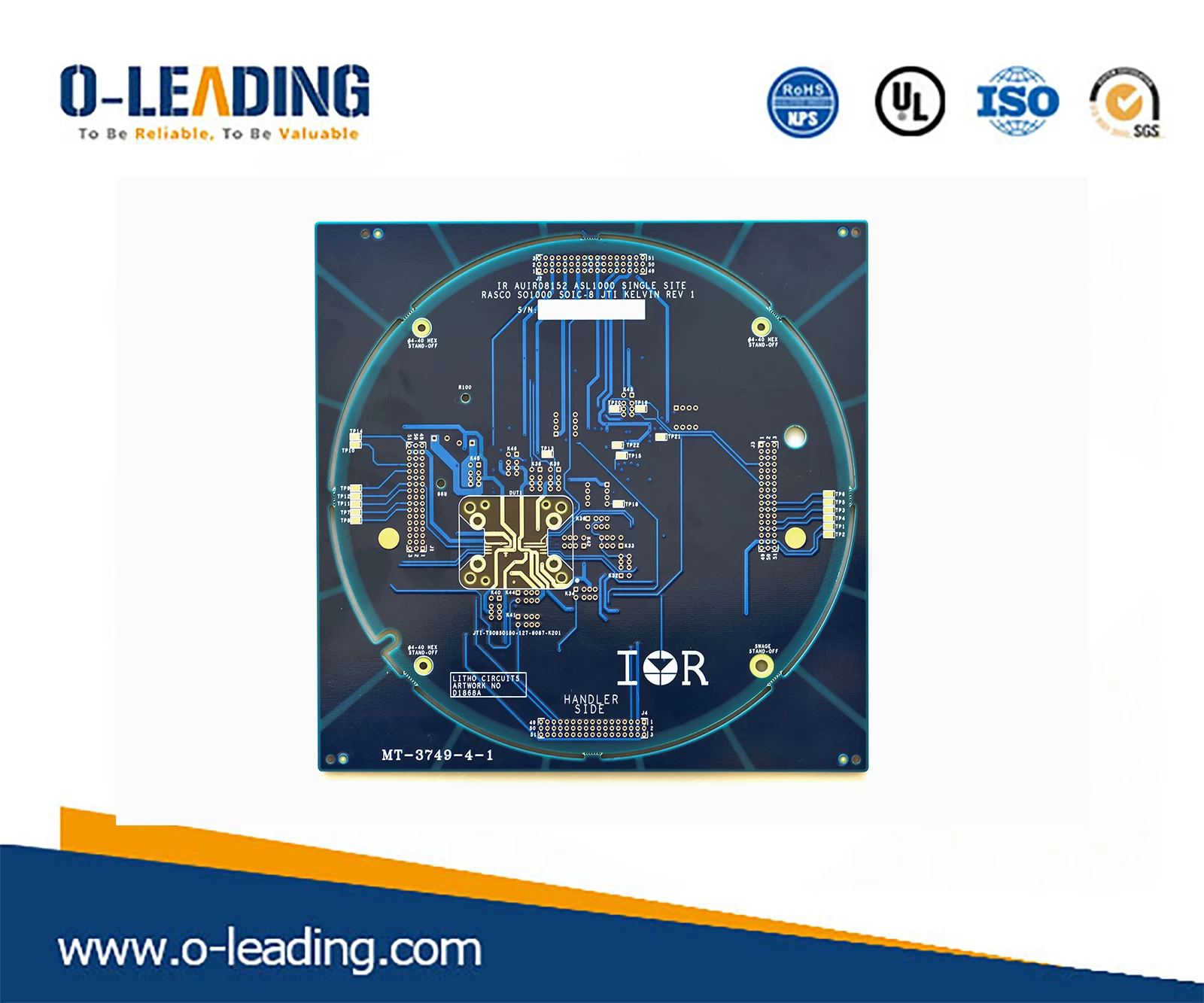Why does the PCB design generally control 50 ohm impedance?
First of all, the default choice is 50 ohms, and everyone in the industry accepts this value. In general, it is definitely a certain standard that has been developed by a recognized institution. Everyone is designed according to standards.
In the early days of microwave applications, during the Second World War, the choice of impedance was completely dependent on the need for use, without a standard value. As technology advances, impedance criteria need to be given in order to strike a balance between economy and convenience.

In the United States, the most used conduits are connected by existing gauges and water pipes. 51.5 ohms are very common, but the adapters and converters seen and used are 50-51.5 ohms; these are solved for the joint army and navy. The problem was that an organization called JAN was established (later the DESC organization), which was specially developed by MIL. After comprehensive consideration, it finally chose 50 ohms, and the related conduits were manufactured and converted into various cables. Standard.
At this time, the European standard was 60 ohms. Soon after, under the influence of the industry-dominant companies like Hewlett-Packard, the Europeans were forced to change, so 50 ohms eventually became a standard in the industry. It became a convention, and the PCB connected to various cables, in order to match the impedance, was finally required according to the 50 ohm impedance standard.

Second, the development of general standards is based on a comprehensive consideration of PCB production process and design performance and feasibility.
From the perspective of PCB production and processing technology, it is relatively easy to produce a 50 ohm impedance PCB considering the equipment of most existing PCB manufacturers.
From the impedance calculation process, it is known that too low impedance requires a wide line width and a thin medium or a large dielectric constant, which is difficult to satisfy spatially for the current high-density board; too high impedance requires a thin line. Wide and thick media or a small dielectric constant is not conducive to EMI and crosstalk suppression, and the reliability of processing is poor for multi-layer boards and from mass production.

Control 50 ohm impedance In the environment of common board (FR4, etc.) and common core board, produce common thickness products (such as 1mm, 1.2mm, etc.), and design common line width (4~10mil). The factory is very convenient to process, and the equipment requirements for its processing are not very high.
From the perspective of PCB design, 50 ohms is also chosen after comprehensive consideration. In terms of the performance of the PCB trace, the general impedance is relatively low. For a transmission line with a given line width, the closer the distance is to the plane, the corresponding EMI will be reduced, and the crosstalk will be reduced.
However, from the perspective of the full path of the signal, one of the most critical factors to consider is the driving capability of the chip. In the early days, most chips could not drive transmission lines with impedance less than 50 ohms, and higher impedance transmission lines were inconvenient to implement. Therefore, the compromise uses 50 ohm impedance.
Therefore, 50 ohms is generally selected as the default value of the conventional single-ended signal control impedance.
































